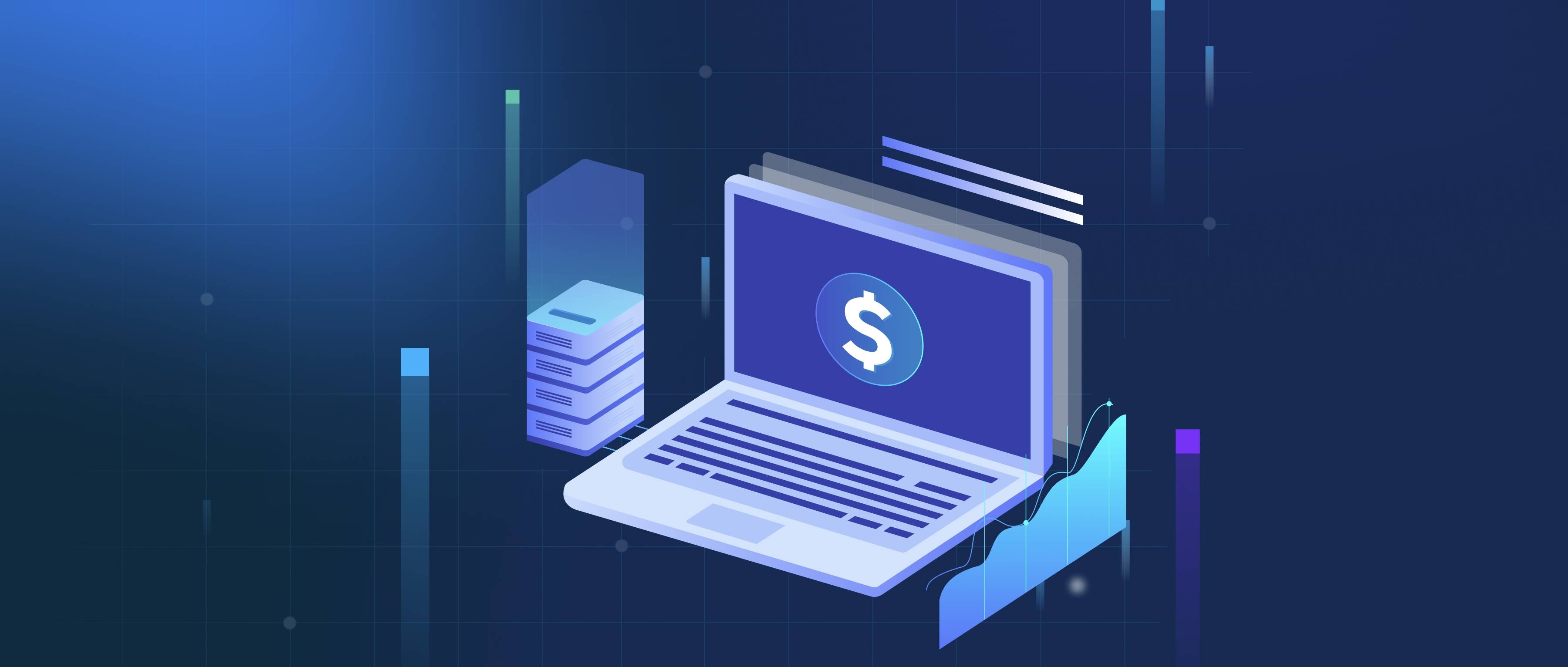Observability plays a crucial role in reducing database downtime by providing insights into the performance and health of the database systems. By allowing developers and administrators to monitor the database's behaviors, observability tools make it easier to identify issues before they escalate into significant problems. This proactive approach means that potential downtime can be addressed immediately, rather than allowing it to disrupt service or lead to complete outages.
When a database experiences delays or errors, observability helps pinpoint the root cause quickly. For instance, if queries start to run slower than usual, observability tools can track various metrics such as query execution times, resource usage (like CPU and memory), and connection counts. This data can highlight capacity issues, inefficient queries, or even hardware failures. By isolating the specific factors that contribute to slow performance, developers can implement changes or optimizations, reducing the likelihood of extended downtime.
Additionally, observability enables better trend analysis over time. By examining historical data, developers can identify patterns of recurring issues, making it easier to predict when performance might degrade. For example, if a database routinely slows down during peak usage hours, developers could take measures, such as optimizing queries or scaling resources, before users even notice a problem. In essence, enhanced observability not only allows for real-time monitoring but also informs long-term strategic decisions that help maintain database stability and availability.
